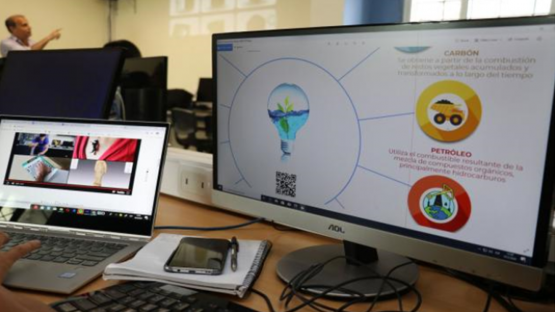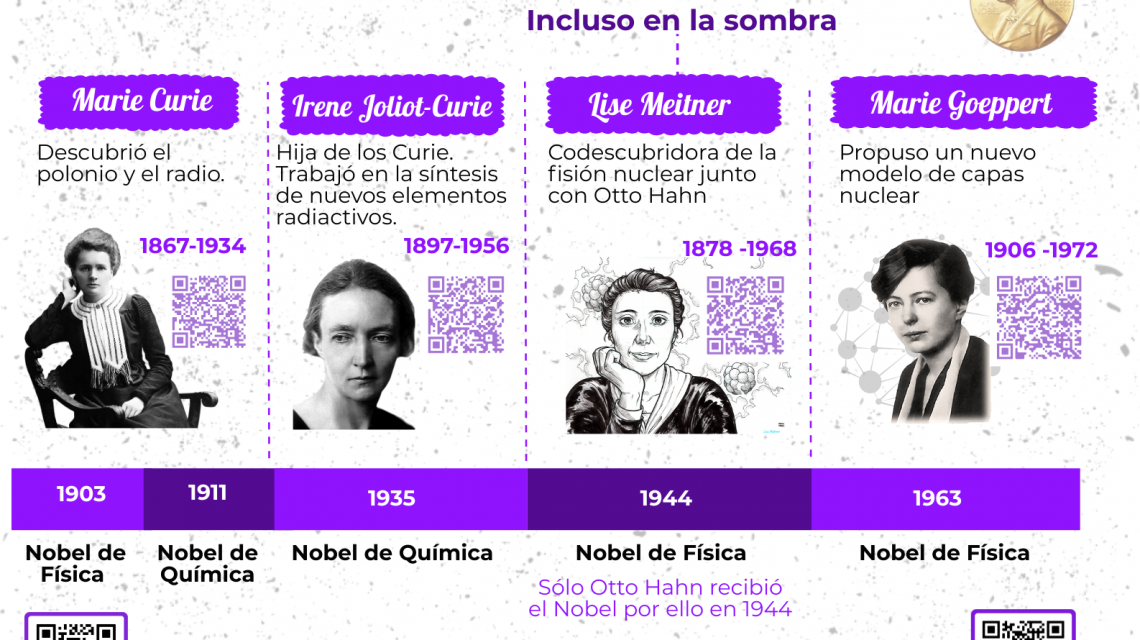Beginning in 2019, the IAEA supported the development, launch and dissemination of NUCLEANDO, a package of interactive teaching tools designed to help educators introduce nuclear science to both primary and secondary school students in Latin America and the Caribbean.
In response to growing needs for remote, distance learning during the pandemic, NUCLEANDO began reformatting and revising its suite of teaching materials for online use. This was then presented to teachers in Chile as part of a two-week virtual training course organized by the IAEA.
The materials were developed as part of the Latin American Network for Education in Nuclear Technology (LANENT), with additional support from the IAEA’s technical cooperation programme[1] and the Spanish Nuclear Industry Forum (Foro Nuclear). Using both augmented and virtual reality exercises, NUCLEANDO enables students to develop a greater understanding of subjects ranging from groundwater management to nuclear power generation, and to build an appreciation for the role nuclear technology plays in their lives.
“This is my first time using NUCLEANDO teaching materials,” said Daniela Miranda, an educator working at Chile’s Department of Educational Evaluation, Measurement and Registration (DEMRE). “Nuclear science is only ever addressed in Civic Studies, as part of an interdisciplinary project. So, these didactic materials seem very relevant to secondary education in Chile and will be a great support for our science teachers.”








